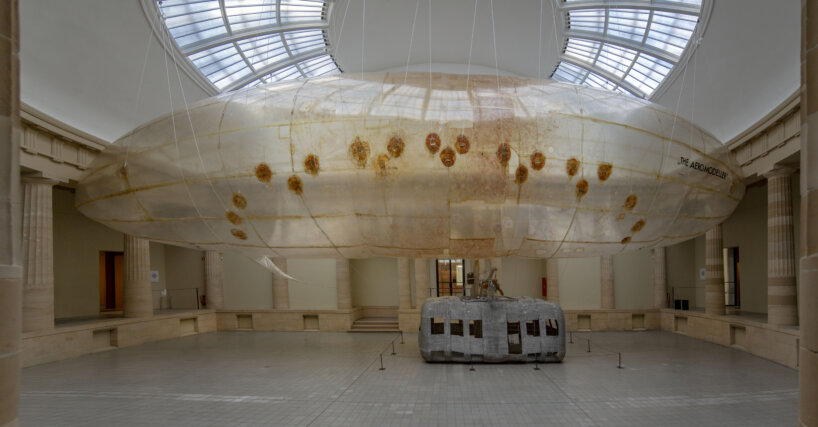On the occasion of its twentieth anniversary, the S.M.A.K. is presenting, 'The Collection (I): Highlights for a Future'. The exhibition comprises some 150 works from the collection, which, just as with the opening in 1999, fill up the entire museum building. With this exhibition, S.M.A.K. wishes to primarily take a look at the present and the future.
Meanwhile, the MSK presents a new ensemble of hidden treasures from the museum's rich drawing collection, with public favourites, such as James Ensor, George Minne, Léon Spilliaert, Gustave Van de Woestyne and Frits Van den Berghe.
